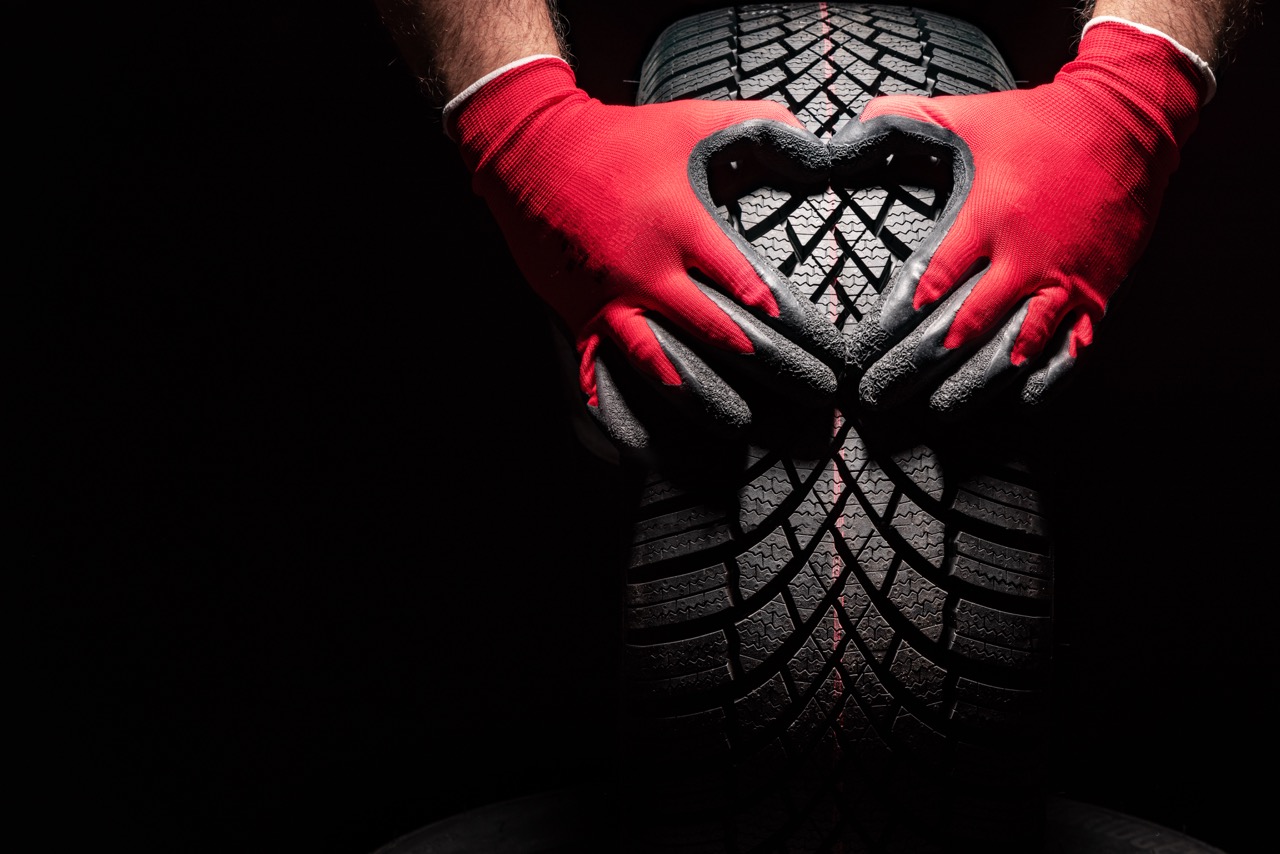
For most of us, our car is one of the most important assets in our lives. It gets us to and from work, helps us run errands, and even takes us on vacation. So when something goes wrong with our car, it can be a major inconvenience. Thankfully, there are some simple things we can do to keep our cars running smoothly. One of the most important things to pay attention to is our tires.
The Importance of Tire Maintenance and Repair
Tire maintenance and repair are essential to keeping cars, trucks, and motorcycles safe on the roads. Not only is proper tire health important for fuel efficiency, but it can also help prevent catastrophic failures such as blowouts on highways. Regularly checking your tires for any visible damage is the first step in crafting a proper tire maintenance plan; it’s important to routinely inspect your tires’ tread depth and air pressure levels. Keeping up with recommended tire rotations and wheel alignments goes a long way toward preventing uneven wear patterns during use. Finally, if your car does suffer some type of damage to its tires, never hesitate to take it to an experienced mechanic for timely repairs so that you don’t put yourself or others at risk while on the road.
How to Check Your Tires for Wear and Tear
Checking your tires for wear and tear is an important habit to get into when it comes to car maintenance. Begin by taking a visual inspection of each tire, and making note of any foreign objects or bumps in the tire wall. Then, use a tread depth gauge to measure the tread depth of each tire; replacement is recommended if you have less than 2/32 inches of tread remaining. If you don’t have a gauge, you can estimate the depth with a penny. Just place Abe Lincoln’s head down in the tread to see if the tread hits Lincoln’s eye line. If it does, your tires still have safe mileage left in them.
After inspecting the condition and air pressure, it’s also important to check the wheel alignment and balance. If anything seems off while driving, it may be the wheels that need adjustment before you can properly rotate them. Additionally, don’t forget to consult your vehicle’s owner’s manual to make sure you’re following manufacturer-recommended guidelines for tire inspection and replacement.
Signs You Need New Tires
If your tires are wearing thin, it’s time to think about getting new ones. Overly worn tires can cause a multitude of issues, from reduced fuel efficiency and speed, to compromised handling—especially when braking. Some signs that indicate you have worn tires are:
- Indentations on the tread pattern
- Exposed wires or fabric in the tire walls
- Cracks or splits in the sidewall
- Loss of traction when accelerating
Despite being a minor expense now, taking care of your tires could save time and money down the road.
How to Properly Inflate Your Tires
Inflating your tires is a critical part of maintaining your car’s performance, but it’s also important to do it correctly. Knowing the recommended inflation pressure for your tires will help keep them in good condition for longer.
Start by inflating your tires to the recommended pressure printed on the door jamb of the driver’s side door. You can use a handheld tire gauge or a standard station air pump to get an accurate reading. It’s important to check all four tires regularly – aiming for minimum monthly checks – and add air if necessary to maintain the right pressure level. If you need help understanding how much air should be in each tire, consult the team at Master AutoTech for advice.
When to Rotate Your Tires
Routine tire maintenance also includes regular tire rotation. Generally, you should rotate your tires approximately every 7,500-8,500 miles, or every 6 months, whichever comes first. If you use your tires differently from the industry standard (for example, if you drive more off-road than average) you should check in with a mechanic for personalized advice about regular tire rotation intervals. Regularly rotating your tires helps ensure their even wear and tear over their lifetime, ultimately meaning better traction and improved fuel efficiency.
If it’s been a while since you last looked at your tires, bring them to Master AutoTech for routine maintenance.
Related Posts
Key Takeaways On average, passenger vehicle tires last 40,000 to 60,000 miles, depending on type, driving habits, and maintenance. Replace tires when tread depth reaches 2/32”, if damaged, or older than 10 years. Regular rotation, alignment, and proper inflation extend tire life. Aggressive driving, poor roads, and harsh weather shorten tire lifespan. Take advantage [...]
When you think about car maintenance, you probably focus on oil changes, tire rotations, and maybe even brake pad replacement. But what about your brake fluid? If you’ve ever wondered, “What does brake fluid do?” or “Why is brake fluid important?”, you’re not alone. Brake fluid might not be the most talked-about part of [...]
Is that high-pitched squeal from your brakes driving you—and everyone else—crazy? Don’t ignore it. Squeaky brakes aren’t just annoying, they’re your car’s way of saying something needs attention. Whether you're cruising through Salt Lake City or winding up Idaho’s mountain passes, here’s what’s likely going on, how you can fix it, and when it [...]





